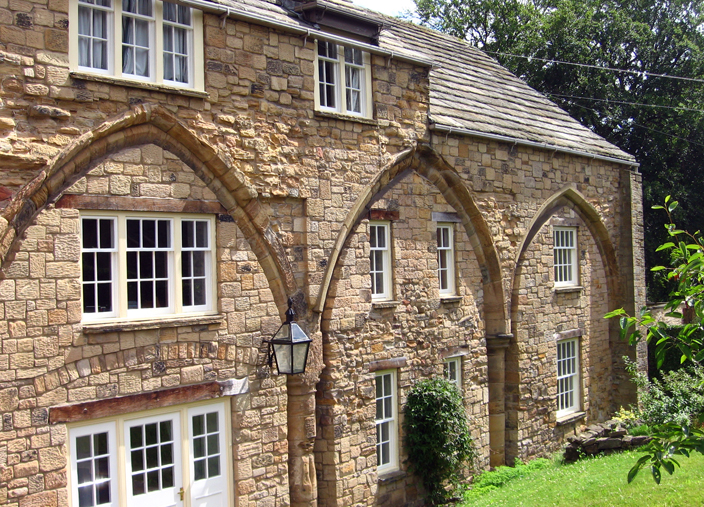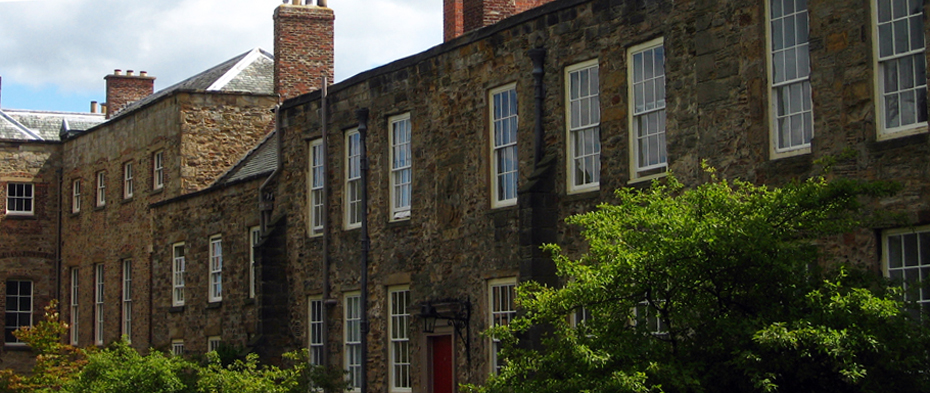The Cathedral College was the former outer court of the Durham monastery. Following the Dissolution of the Monasteries by Henry VIII in the late 1530s, it was converted into the accommodation for the Dean and 12 Prebends.
Periodic remodelling has given the buildings of the College a Georgian appearance, but they are essentially medieval buildings, all of which retain at least part of their original fabric.
The Deanery is the largest residence in the Church of England (excluding bishops' palaces) and is home to the Dean of Durham (and formerly the priors of the monastery). Many of the buildings in The College are now home to members of the Cathedral clergy and other staff, as well as housing part of the Cathedral Library and the Chorister School.
Some of the buildings were used for communal activities whilst others had more utilitarian functions.
On the River: Practical considerations
The buildings on the College’s western side abut the peninsula fortifications.
Overlooking the steep river banks in the way that these buildings do would have been advantageous from the point of view of drainage: waste water and sewage could flow straight down into the river below.

The buildings of the College were 'modernised' over the course of their history, and it is possible to mistake them for 17th or 18th century structures. Closer examination reveals that they are medieval buildings that have been remodelled though.

